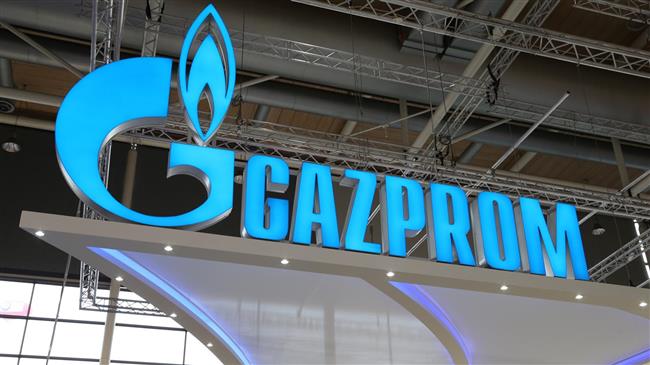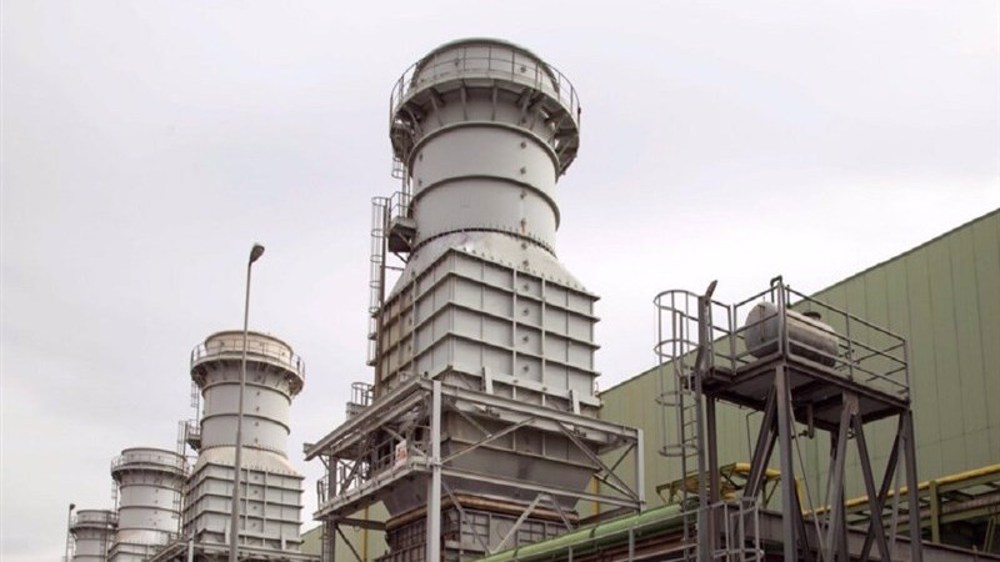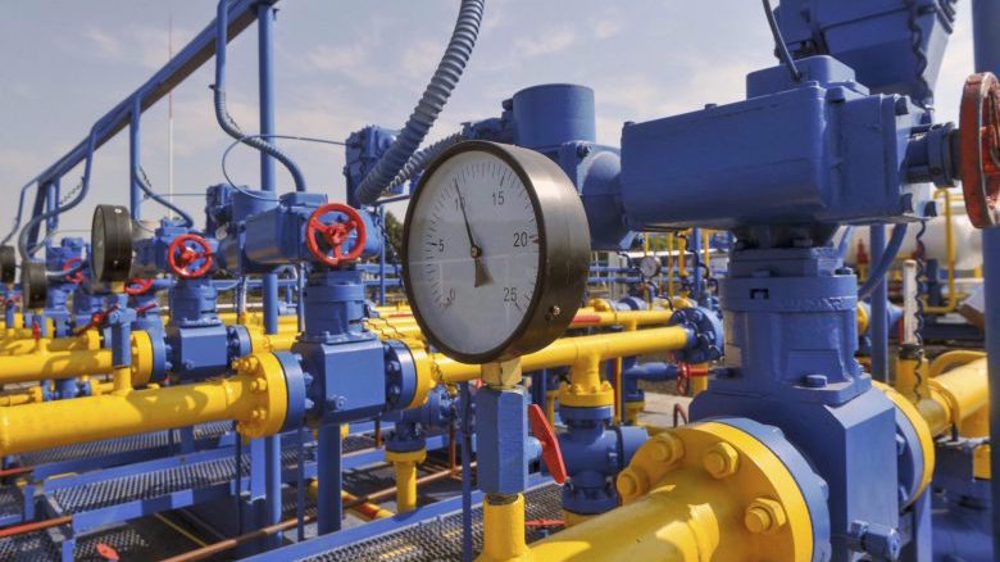Gazprom says ready to start major gas projects in Iran
Russia’s energy giant Gazprom says it is moving closer to an ambitious scheme that envisages the development of several Iranian gas projects, including one that involves a state-of-the art technology to liquefy natural gas for exports to overseas markets.
Russia’s media quoted Vitaly Markelov, Gazprom’s deputy chairman, as saying that documents for the development of the projects would be soon prepared and later presented to the National Iranian Oil Company (NIOC).
Markelov said the projects included the development of Kish, Farzad-A, Farzad-B gas fields as well as one in South Pars energy hub.
Kish is believed to be one of Iran’s biggest gas fields with an estimated 1.3 trillion cubic meters of natural gas in situ and more than 500 million barrels of gas condensate. It is located around 30 kilometers east of Lavan Island in the Persian Gulf.
Farzad-A and Farzad-B are twin projects which are also located in the Persian Gulf and are jointly shared with Saudi Arabia.
Farzad-A is largely located in Saudi waters and there is no exact estimate on its reserves.
Farzad-B has a reserve of around 22 trillion cubic feet (tcf) of which about 60 percent is recoverable. Iran had been negotiating the project’s development with India over the past years. However, discussions never led to a deal over differences on pricing and other technicalities.
Both fields were discovered by an Indian consortium back in 2008.
“We will negotiate with the Iranian party [NIOC] over the projects and will announce our decision after analyzing Iran’s terms and conditions,” he was quoted as saying by Russia-2 television news channel during a press conference in Moscow.
The official further emphasized that Gazprom would also study the development of a major gas to liquid (LNG) scheme in southern Iran - named Iran LNG.
He said the development of Iran LNG had been halted but a series of major facilities for production of electricity had been installed.
“Gazprom will need to study the technical aspect of this project and will decide over whether to take it up or not after its analysis of the project would end,” Markelov said.
Last November, Gazprom said it had signed a basic agreement with the NIOC to develop an LNG project in Iran.
The company announced in a statement that the agreement was part of a wider plan for cooperation that focuses on the development of Iran’s gas fields “with subsequent transportation and monetization”.
Production of LNG requires a technology heavily patented by American companies. That technology cannot thus be provided to the Islamic Republic due to sanctions by the US against the country.
Foreign companies are also banned from developing any LNG project on Iran’s soil due to the same sanctions. The country had previously devised three liquefaction projects – Pars LNG, Persian LNG and NIOC/Iran LNG – but had to shelve them after investors – Total and Shell - refused to push them forward as a result of sanctions.
Iran LNG – which the country plans to develop in Pars Special Energy Economic Zone (PSEEZ) where its huge South Pars gas field is located – comprises an annual output of 10.4 million tonnes of LNG. Other products would include 263 million tonnes of Propane, 194 million tonnes of Bhutan, 213 million tonnes of gas liquids and 133 million tonnes of sulphur.
VIDEO | Press TV's news headlines
Iranian satellites launched into space as private sector debuts in space industry
VIDEO | Iran, Azerbaijan conduct joint maritime rescue operations
VIDEO | Yemen’s Red Sea divide: Naval forces block Israeli-linked ships in strategic ‘parting of the water’
VIDEO | Southern Gaza: Israel’s facade for famine and suffering
VIDEO | IOF hampering humanitarian aid
VIDEO | Sharmahd: Justice Done
Iran repeatedly warned Israel not to test its will: FM












 This makes it easy to access the Press TV website
This makes it easy to access the Press TV website